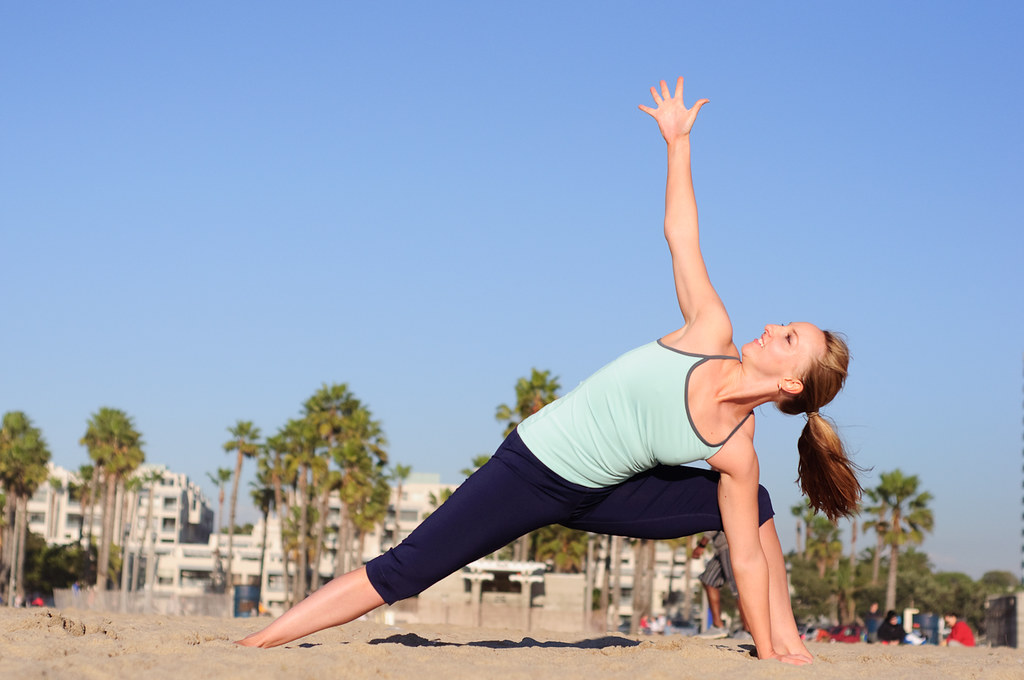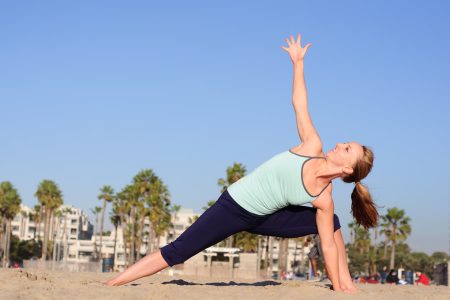
In a world where we are constantly bombarded with information and distractions, it’s no wonder that many of us are seeking ways to simplify our lives. This desire for minimalism has extended to the world of yoga, where practitioners are looking for ways to streamline their practice and focus on the essentials. Whether you’re a seasoned yogi or just starting out, incorporating minimalist principles into your practice can help you find greater clarity, focus, and peace of mind. In this article, we’ll explore some simple tips for streamlining your yoga practice and embracing a more minimalist approach.
1. Simplify Your Yoga Practice: Minimalist Tips for a More Mindful Experience
Yoga is a practice that can be as simple or as complex as you make it. If you’re looking to simplify your practice and make it more mindful, here are some minimalist tips to get you started:
- Focus on your breath: Instead of worrying about getting into the perfect pose, focus on your breath. Take deep, slow breaths in and out through your nose, and let your breath guide your movements.
- Use props: Props like blocks, straps, and blankets can help you get into poses more easily and comfortably. Don’t be afraid to use them, even if you’re an experienced yogi.
- Practice regularly: Even if you only have a few minutes a day, make a commitment to practice regularly. Consistency is key when it comes to building a mindful yoga practice.
Remember, yoga is a journey, not a destination. Don’t worry about achieving the perfect pose or having the most Instagram-worthy practice. Instead, focus on being present in the moment and connecting with your breath and body. With these minimalist tips, you can simplify your practice and cultivate a more mindful experience on and off the mat.
2. The Art of Minimalism: How to Streamline Your Yoga Practice for Maximum Benefits
Minimalism is a concept that has been gaining popularity in recent years, and it can be applied to many areas of life, including yoga. By streamlining your yoga practice, you can maximize the benefits of each pose and create a more focused and intentional practice. Here are some tips for incorporating minimalism into your yoga routine:
– Choose a few key poses: Instead of trying to do every pose in a yoga class, focus on a few key poses that you want to work on. This will allow you to go deeper into each pose and really feel the benefits. Some good poses to focus on include downward dog, warrior II, and tree pose.
– Use props sparingly: While props can be helpful in certain poses, they can also be a crutch that prevents you from fully engaging your muscles. Try to use props only when necessary, and focus on building strength and flexibility without relying on them. If you do use props, make sure to use them correctly and in a way that supports your body.
By incorporating these minimalist principles into your yoga practice, you can create a more focused and intentional practice that maximizes the benefits of each pose. Remember to listen to your body and only do what feels comfortable and safe for you. With time and practice, you can build a strong and sustainable yoga practice that supports your physical, mental, and emotional well-being.
3. Less is More: Minimalist Yoga Tips to Help You Find Balance and Inner Peace
Minimalism is a way of life that has been gaining popularity in recent years. It is a philosophy that emphasizes the importance of simplicity and the elimination of excess. Minimalism can be applied to many areas of life, including yoga. Here are some minimalist yoga tips to help you find balance and inner peace.
– Focus on your breath: One of the most important aspects of yoga is the breath. By focusing on your breath, you can calm your mind and find inner peace. Try to breathe deeply and slowly, inhaling through your nose and exhaling through your mouth. You can also try different breathing techniques, such as Ujjayi breath or Nadi Shodhana, to help you find balance and clarity.
– Simplify your practice: You don’t need a lot of fancy equipment or complicated poses to practice yoga. In fact, sometimes less is more. Simplify your practice by focusing on a few key poses that feel good for your body. You can also try practicing yoga without a mat or props, or practicing outside in nature. By simplifying your practice, you can connect more deeply with yourself and find greater peace and clarity. In conclusion, adopting a minimalist approach to your yoga practice can be a game-changer. By simplifying your routine, you can focus on the essentials and cultivate a deeper connection with your body and mind. Whether you’re a seasoned yogi or just starting out, these tips can help you streamline your practice and achieve greater clarity and balance. So take a deep breath, let go of any distractions, and embrace the power of minimalism in your yoga journey. Namaste.
